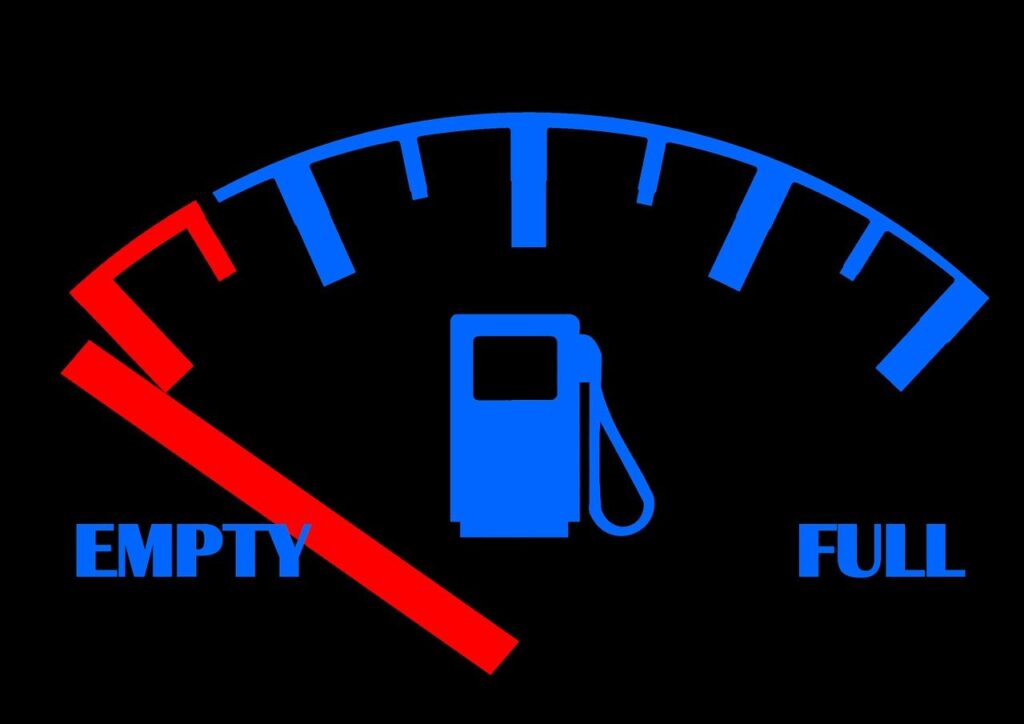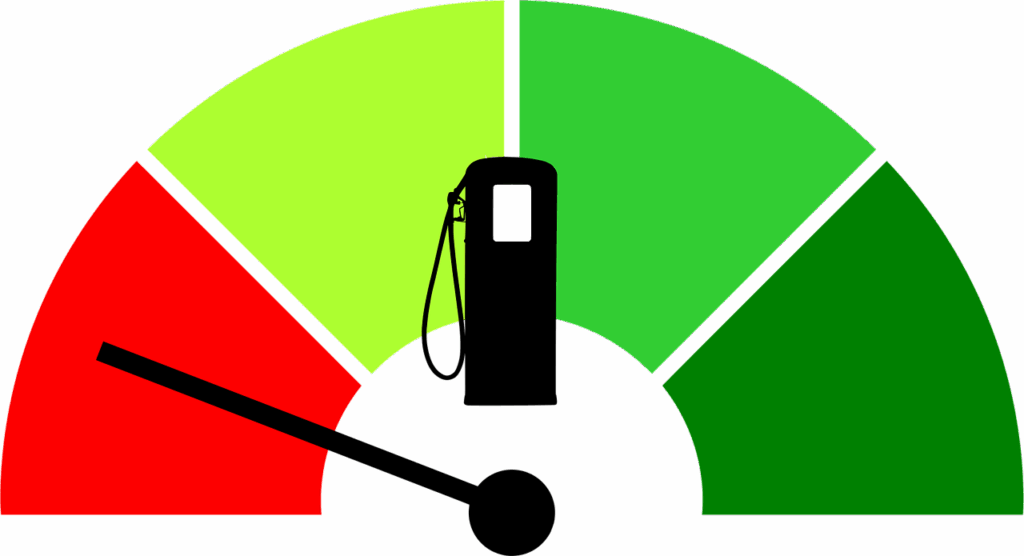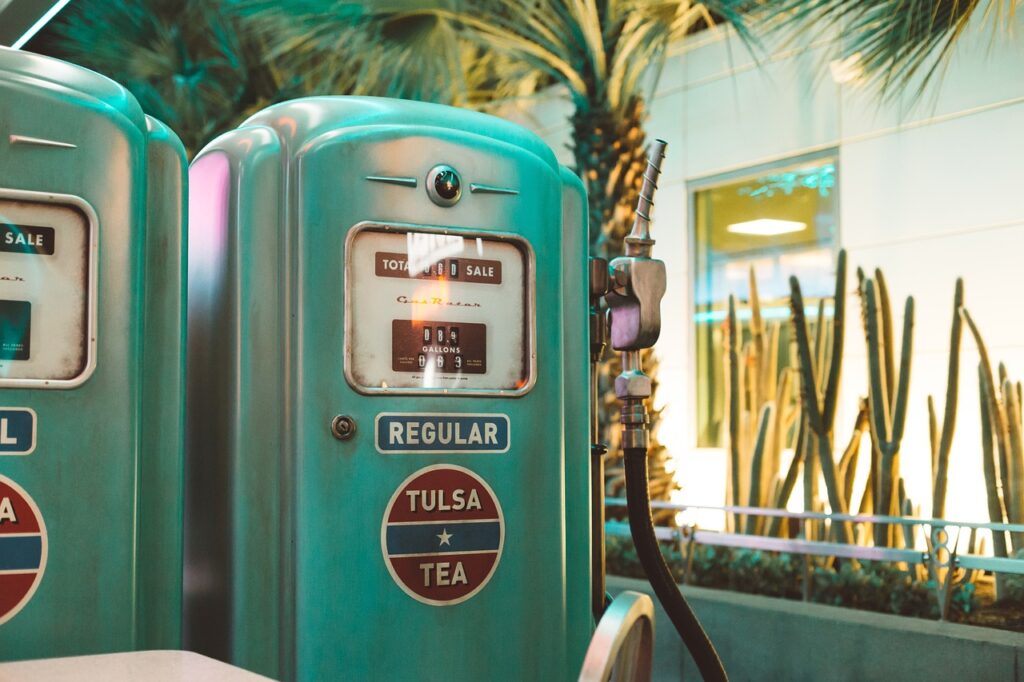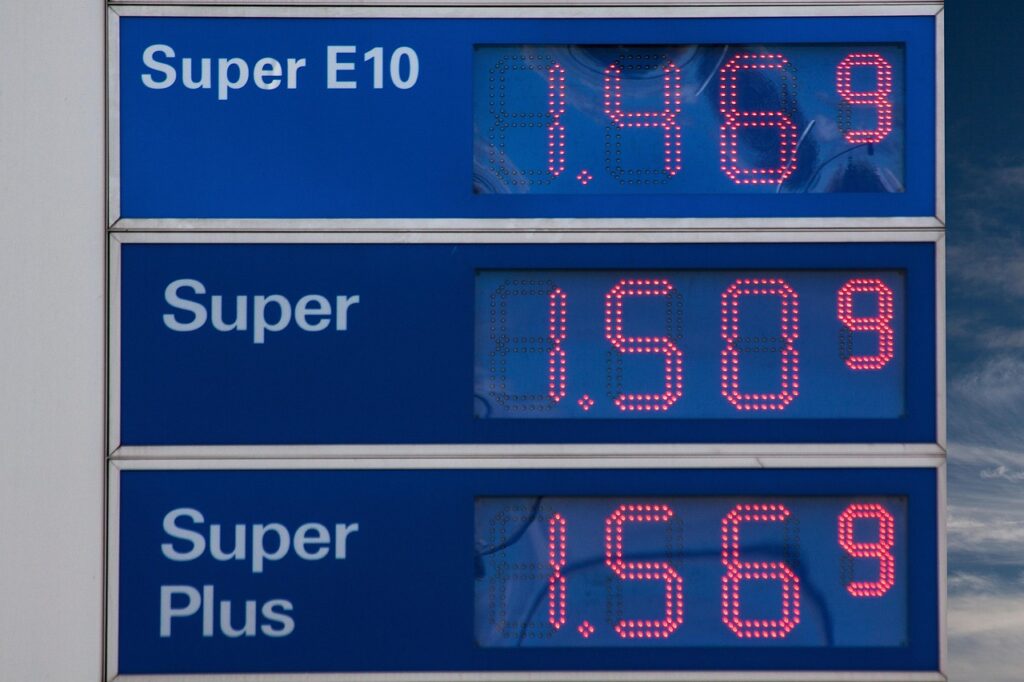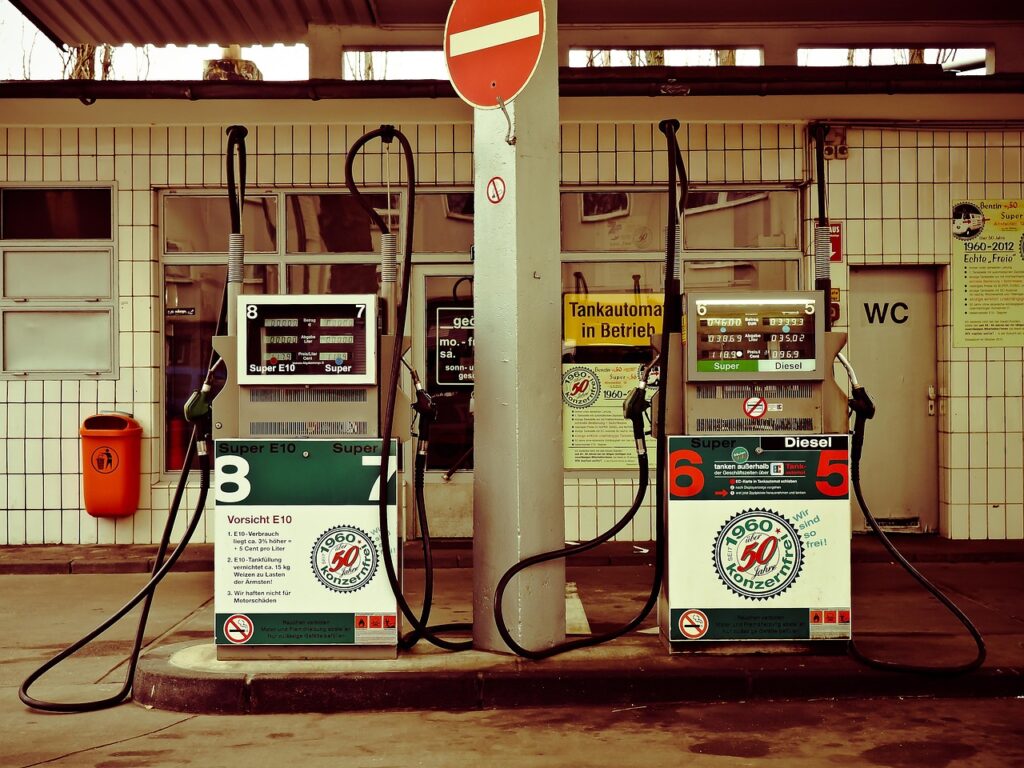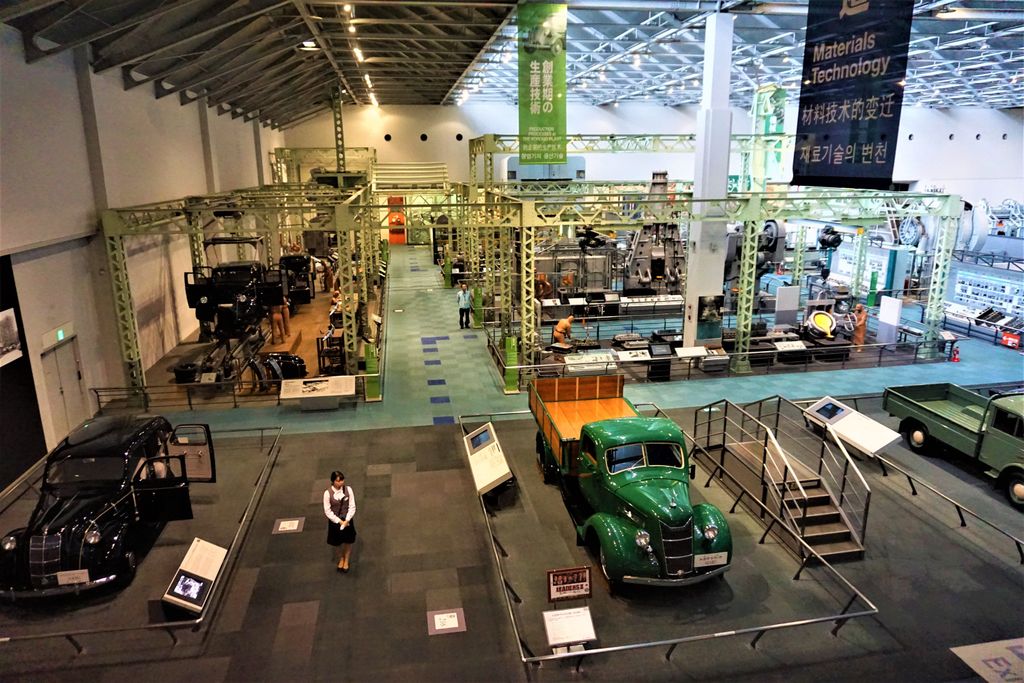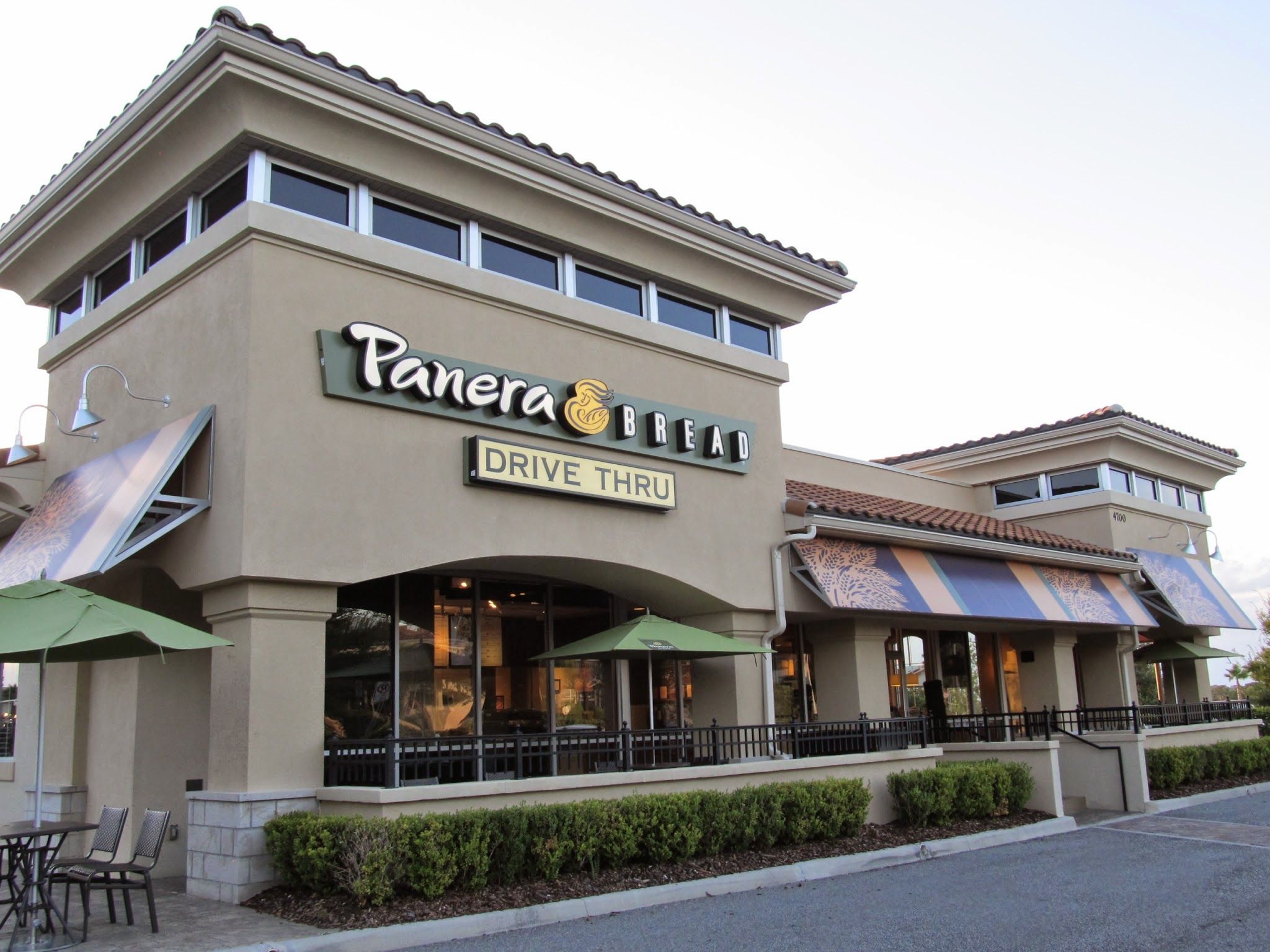The annual ritual is a familiar one for many drivers: as the weather warms and the anticipation of long weekends and summer vacations builds, so too does the price at the pump. It feels almost like a conspiracy, a pre-holiday tax on your travel plans. While it’s easy to point fingers, the reality is far more complex, driven by a confluence of seasonal changes, regulatory mandates, and market dynamics that converge to push up costs just when you’re ready to hit the road.
Traditionally, gasoline prices hit their lowest point during the first week of February, only to begin a steady ascent that often culminates in a peak right before Memorial Day. This pattern isn’t random; it’s a predictable outcome of the intricate dance between supply, demand, and the unique characteristics of fuel production. Understanding these factors can help demystify the seemingly arbitrary increases you encounter.
From refinery maintenance schedules to the specific chemical composition of the fuel itself, numerous elements contribute to this seasonal surge. We’ll break down the initial six key reasons behind why your gas bill rises just as you’re planning those much-deserved holiday escapes, offering a clearer picture of what’s truly happening behind the scenes.
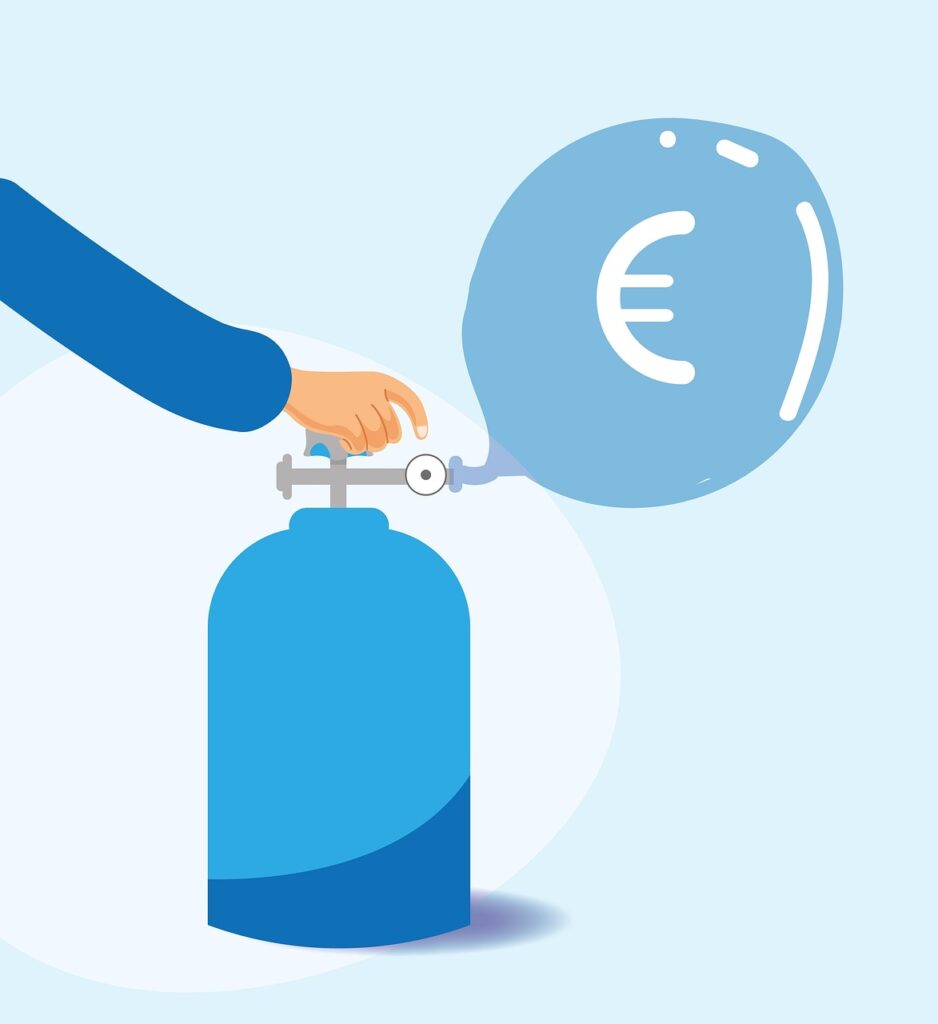
1. **Seasonal Spike in Consumer Demand (Summer Drive Season)**One of the most intuitive reasons for rising gas prices is simply increased demand. As spring turns to summer and holidays like Memorial Day, Fourth of July, and Labor Day approach, more people plan road trips, family vacations, and local outings. This natural inclination to take advantage of warmer weather translates directly into a significant uptick in gasoline consumption across the country.
Gas demand typically begins its upward trajectory in February, experiencing a few percentage points of increase each month, and eventually peaking in August. This surge means that total fuel demand can be anywhere from 10% to 15% greater in August compared to the quieter months of February. More vehicles on the road mean more fuel purchased, and this increased demand, when supply is already under pressure, inevitably pushes prices higher.
Historically, retail gasoline prices follow this trend closely, with a gradual rise throughout the spring that peaks in late summer. This direct correlation between seasonal driving patterns and fuel consumption illustrates how collective consumer behavior plays a pivotal role in the price you pay at the pump during peak holiday seasons. Any additional stress on the system, such as a refinery or pipeline outage, during this period of high demand can cause a severe supply/demand imbalance, further affecting prices.
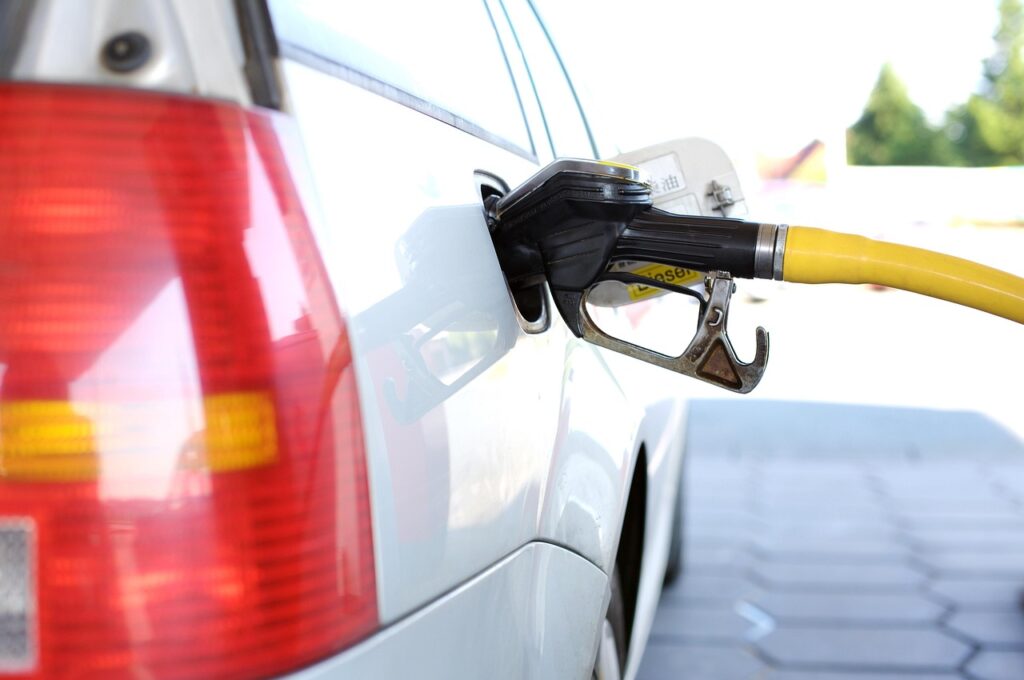
2. **Annual Refinery Maintenance (Turnarounds)**Before the summer driving season kicks into full swing, refineries undertake essential, large-scale maintenance operations known as “turnarounds.” These are planned, periodic shutdowns—either total or partial—of a refinery process unit or plant. Their purpose is to perform crucial maintenance, overhaul and repair operations, and to inspect, test, and replace materials and equipment that are vital for safe and efficient operation.
Refineries typically schedule these extensive turnarounds during the first quarter of the year, usually in February, when U.S. demand for gasoline is at its lowest. This strategic timing aims to minimize disruption to the fuel supply. However, even with careful planning, these shutdowns temporarily reduce the amount of gasoline that can be produced. Since refineries undergo turnarounds roughly once every four years, approximately 25% of refineries are undergoing some form of maintenance each spring, contributing to a tightening of available supply.
Beyond routine upkeep, turnarounds also serve another critical function: they allow refineries to retool for summer-blend fuels. This prepares them for the transition to producing the different gasoline required for warmer weather, which is a key factor in itself for price changes. The temporary reduction in output during these essential maintenance periods creates a supply constraint right before the seasonal demand spike, contributing to rising prices.
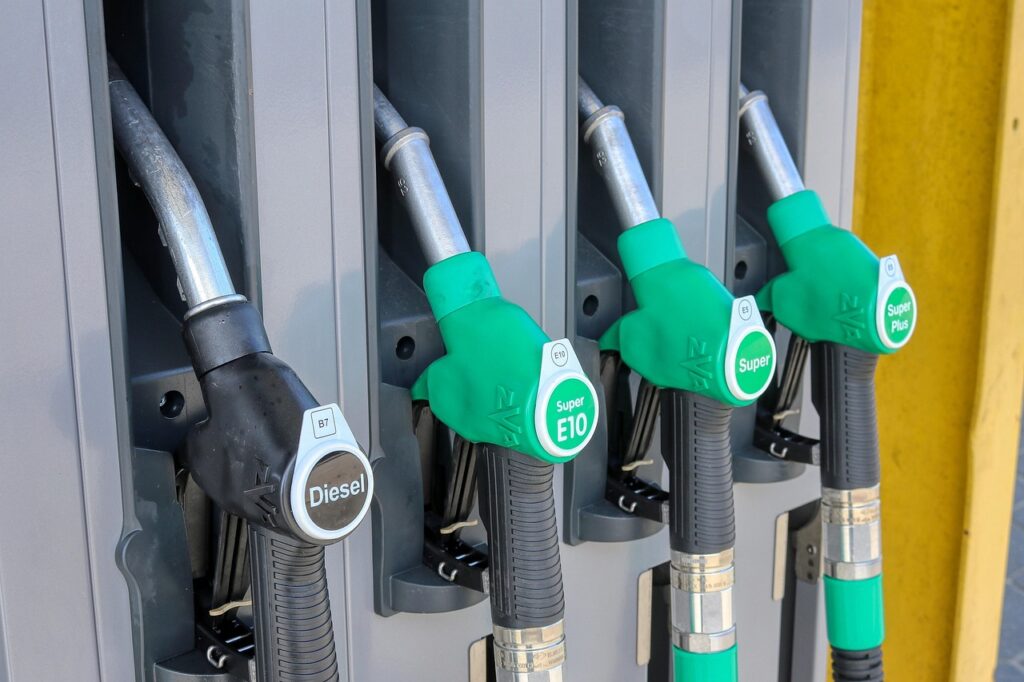
3. **Transition to More Costly Summer-Blend Fuel Production**As temperatures rise, so does the imperative to switch from winter-blend to summer-blend gasoline. The U.S. Environmental Protection Agency (EPA) designates April to June as the “transition season” for fuel production, a period when refineries actively shift their operations. This switchover, typically occurring in March and April, is not just a preference; it’s a regulatory requirement driven by environmental concerns.
Gasoline blends used in the summer months differ significantly from those used in winter. Winter fuels are formulated with a higher Reid vapor pressure (RVP), meaning they evaporate more easily. This characteristic is beneficial in colder weather, as it helps cars start more readily. However, in the warm summer months, these highly evaporative attributes would lead to increased emissions of volatile organic compounds and the formation of harmful smog, particularly in urban areas.
To combat air pollution and protect public health, refineries must produce summer-blend fuel, which has a lower RVP. This formulation ensures the fuel evaporates less rapidly in higher temperatures, thereby reducing smog-forming pollutants. This mandated change in fuel composition is a fundamental reason why the gasoline production process becomes more complex and, consequently, more expensive in the spring months, directly impacting prices at the pump.
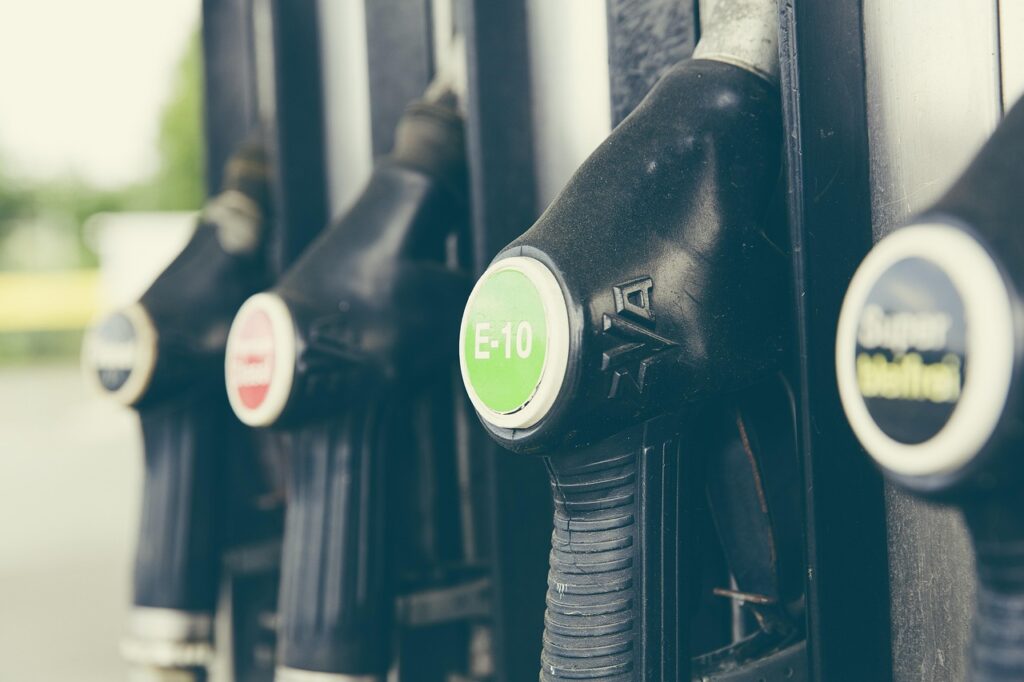
4. **Higher Production Costs of Summer-Blend Gasoline**The reason summer-blend fuel is more expensive isn’t just about its different chemical composition; it’s also rooted in the inherent complexities and inefficiencies of its manufacturing process. Simply put, it costs more to make a gallon of summer-blend gasoline compared to its winter counterpart, and these additional costs are naturally passed on to the consumer.
First, the production process for summer-blend fuel takes longer. Refiners must remove cheaper components, like butane, that are acceptable in winter blends but contribute to higher RVP in warmer weather. This removal and the blending of more expensive additives add steps and time to the refining process. A lengthier production cycle translates into higher operational costs for refineries, which are then reflected in the wholesale price of gasoline.
Second, the overall yield of gasoline per barrel of crude oil is lower when producing summer blends. This means that a refinery gets less usable gasoline from the same amount of raw material, further increasing the per-gallon cost. Combined, these complexities can add as much as 15 cents per gallon to the cost to produce these higher-grade fuels. This significant cost differential is a direct contributor to the seasonal price hikes observed each spring and summer.
5. **Increased Number of Specialized Summer Fuel Blends**The complexity of summer fuel production is further compounded by the sheer number of different gasoline specifications required across the United States. While the winter months see a relatively uniform set of fuel blends used nationwide, the situation changes dramatically with the arrival of summer. This fragmentation of the fuel market creates additional challenges and costs for refineries.
Because of various state or regional environmental requirements, a staggering 11 different fuel specifications are mandated for the summer months. This patchwork of regulations means that refineries cannot simply produce one type of summer-blend fuel for the entire country. Instead, they must tailor their output to meet the specific needs of each area, from California’s unique CARBOB blend to other reformulated gasoline requirements in major metropolitan regions.
This necessity to produce multiple specialized blends complicates the entire production and distribution process. Refineries must meticulously manage their output to ensure enough fuel for each distinct area, preventing supply shortages. This intricate logistical challenge, driven by environmental mandates, inherently adds a layer of operational complexity and expense that ultimately contributes to the higher prices consumers face, especially as these diverse blends come online in the spring.
Read more about: Mastering Your Ride: A Comprehensive Guide to Selecting the Perfect Wheel and Tire Combination for Optimal Performance and Safety
6. **Compliance Deadlines for Terminals to Switch to Summer-Blend**One of the most critical regulatory milestones influencing seasonal gas prices is the May 1 compliance deadline for terminals. Terminals are large storage facilities where refined gasoline is held before being distributed to individual gas stations. By this date, these facilities are required to fully purge their systems of winter-blend fuels and exclusively store and distribute summer-blend gasoline.
One of the most critical regulatory milestones influencing seasonal gas prices is the May 1 compliance deadline for terminals. Terminals are large storage facilities where refined gasoline is held before being distributed to individual gas stations. By this date, these facilities are required to fully purge their systems of winter-blend fuels and exclusively store and distribute summer-blend gasoline.
This strict regulatory requirement has a direct and significant impact on gas prices. As terminals work to clear out their winter inventories and bring in the new, more expensive summer blends, it can lead to temporary reductions in overall fuel inventories at these crucial distribution hubs. Lower inventories, particularly at a time when demand is beginning to increase, naturally create upward pressure on wholesale gas prices.
The logistical challenge is also magnified by the transportation time involved. It can take fuels refined in the Gulf Coast—a major refining hub—several weeks to reach storage terminals throughout the country via pipelines. This means that summer-blend fuel must be produced, shipped, and ready at terminals and storage facilities by May 1. This date is widely considered the most important single reason that seasonal gas prices tend to peak in May, just as many Americans begin planning their holiday travels.
Beyond the seasonal shifts that regularly impact prices, a deeper dive reveals that gasoline costs are profoundly shaped by global market forces, the robustness of our infrastructure, various government mandates, and specific regional dynamics. These interconnected factors create a complex web of influences, often leading to price volatility that can feel baffling to the average driver. Understanding these underlying elements is crucial for a complete picture of why the pump price changes, sometimes dramatically, outside of predictable holiday patterns.
7. **Crude Oil: The Global Price Driver**The most significant determinant of gasoline prices, accounting for over half of what you pay at the pump, is the cost of crude oil. This raw material is a global commodity, meaning its price is set by the delicate balance of worldwide supply and demand, influenced by a multitude of factors far beyond our borders. When the global price of crude oil shifts, consumers feel the impact almost immediately.
According to the U.S. Energy Information Administration’s data from June 2025, crude oil typically represents about 52% of the national average retail price of gasoline. To put that into perspective, for a $3.13 per gallon average, roughly $1.63 goes toward the crude oil itself. While other components like refining, distribution, and taxes each account for about 16%, it’s the volatility of crude oil that drives the most significant price swings.
Since 2020, studies have consistently shown that fluctuations in crude oil prices explain more than 90% of the variation in U.S. gasoline prices. This powerful correlation means that events thousands of miles away, from geopolitical tensions to shifts in major economies, often have a more direct and immediate effect on what you pay at your local gas station than nearly any other factor. Monitoring the global crude market is key to understanding gas price trends.
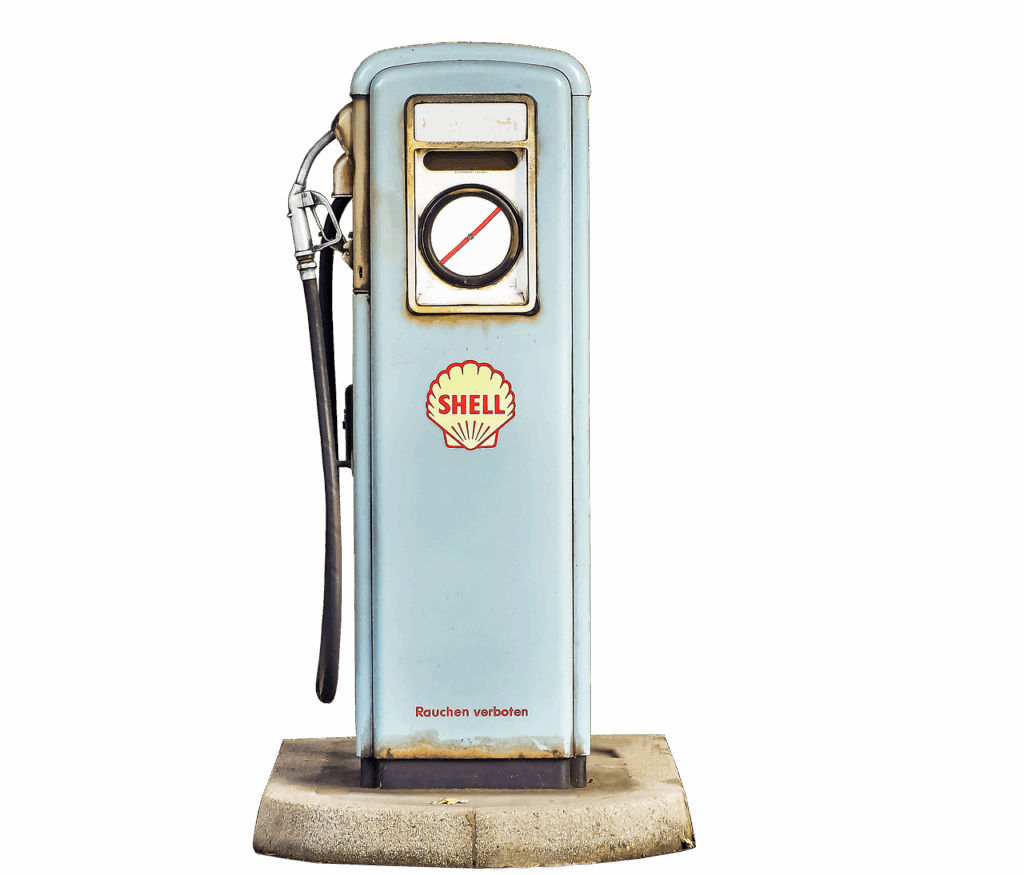
8. **OPEC+ Influence and Global Supply Control**A substantial portion of the world’s crude oil supply is directly influenced by the Organization of the Petroleum Exporting Countries (OPEC) and its allied producers, known as OPEC+. This coalition collectively controlled about 59% of global oil production in 2022, giving them considerable sway over market dynamics. Their decisions to increase or decrease production targets directly impact the global supply, and consequently, the price of crude oil.
When OPEC+ chooses to cut production, they are intentionally restricting the global supply, which typically drives oil prices higher. Conversely, when they decide to increase output, they add more oil to the market, tending to push prices downward. This strategic management of supply by a concentrated group of producers introduces an element of controlled volatility into the global energy landscape.
A critical concept related to OPEC+’s influence is “spare capacity,” which refers to the ability of a producer to quickly bring additional oil to market. Nearly all of the world’s spare capacity is held by OPEC members, with Saudi Arabia possessing the largest share. High spare capacity acts as a global shock absorber, assuring markets that unexpected disruptions can be managed. Low spare capacity, however, makes markets highly vulnerable to sudden price spikes, as there’s little room to compensate for unforeseen supply losses.
This dynamic is further complicated by the U.S. shale revolution, which fundamentally altered the global supply picture. The U.S. has become the world’s largest crude oil producer, creating a powerful counterbalance to OPEC+’s market influence. This constant push-and-pull between OPEC+’s centralized policy-driven management and the U.S. shale industry’s decentralized, market-driven production contributes to the inherent volatility that ultimately reaches American consumers.
Read more about: The ’70s Riddle: Unpacking 14 Global Disruptions That Halted Imports at Ports of Entry
9. **Geopolitics and Risk Premiums**Crude oil prices are incredibly sensitive to geopolitical instability, meaning that events like international conflicts, economic sanctions, or political turmoil in major oil-producing regions can send shockwaves through the market. These situations don’t necessarily have to result in an immediate loss of physical oil supply to affect prices; the mere *fear* of future disruption is often enough to cause significant shifts.
Consider recent examples such as Russia’s full-scale invasion of Ukraine or heightened tensions in the Middle East. Such events can prompt traders to add a “risk premium” to oil prices, essentially pricing in the worst-case scenario. For instance, in June 2025, Brent crude oil prices spiked by $10 per barrel in just one week due to fears of a wider Middle East conflict, even before any actual supply was disrupted.
This phenomenon illustrates that oil prices are a reflection not only of current supply and demand conditions but also of market perceptions regarding future risk. When the global outlook is uncertain or unstable, the cost of oil—and by extension, gasoline—can climb as investors and traders anticipate potential supply shortages or logistical challenges down the line. It’s a testament to how global events, seemingly distant, can directly impact your wallet.
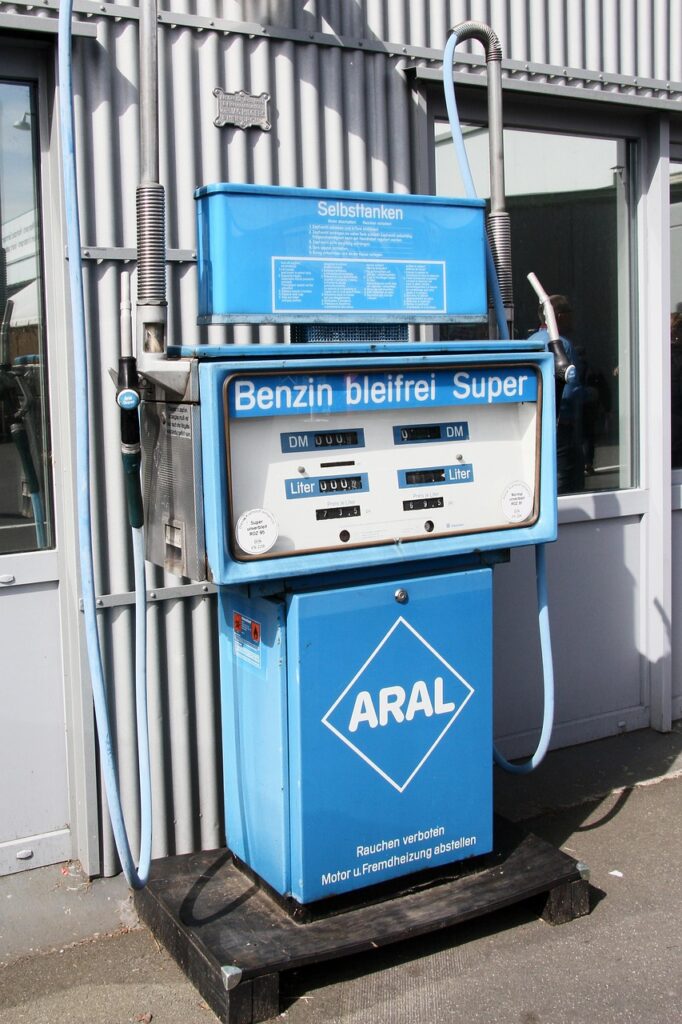
10. **Refinery Outages and Infrastructure Vulnerabilities**Once crude oil is extracted, it embarks on a complex journey through massive industrial facilities known as refineries, which transform it into usable products like gasoline. The United States operates with a finite refining capacity, roughly 18.1 million barrels per day as of mid-2025. During periods of peak demand, such as the summer driving season, these refineries often run at over 95% utilization, operating at near-maximum output to meet the nation’s fuel needs.
Because the refining system often runs with very little spare capacity, any disruption can trigger sudden and sharp price spikes. Unplanned outages, whether caused by fires, equipment failures, or natural disasters like hurricanes and floods, can instantly remove a large fuel source from regional markets. A striking example occurred in August 2025 when severe flooding forced the temporary shutdown of the BP Whiting refinery in Indiana, the largest in the Midwest, causing the national average price of gasoline to jump by more than 7 cents in a single week.
This vulnerability is compounded by the geographic concentration of U.S. refining capacity, with a significant portion located along the Gulf Coast. This makes the nation’s fuel supply susceptible to disruptions from a single major hurricane. A natural disaster in this region can have cascading effects, impacting fuel availability and prices across a large part of the country.
Furthermore, the U.S. gasoline market isn’t a single, unified system; it’s a collection of distinct regional markets with limited connectivity. Regions like the East Coast, which have very little local refining capacity, are heavily dependent on fuel delivered from the Gulf Coast via major pipelines like the Colonial Pipeline. When a disruption hits the Gulf Coast or a key pipeline goes down, affected regions cannot easily be resupplied from other parts of the country, leading to severe, localized price spikes and highlighting the fragility of our fuel infrastructure.
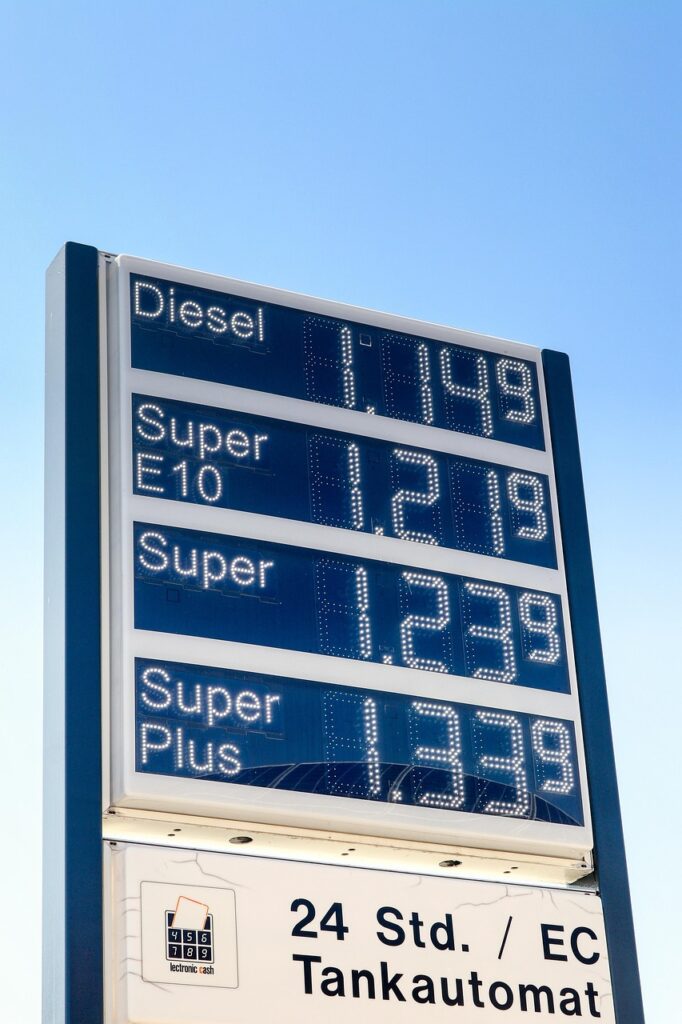
11. **Government Taxes and Fees**Government actions at federal, state, and local levels play a significant and direct role in shaping the final price you pay at the pump. The most straightforward impact comes through taxes. Every gallon of gasoline sold in the United States includes a federal excise tax of 18.4 cents, which contributes to the Highway Trust Fund and a small fee for the Leaking Underground Storage Tank Trust Fund.
However, the real variations in tax burdens come from individual states. Each state levies its own taxes and fees, creating substantial differences across the country. As of July 2025, state-level gasoline taxes ranged from a low of just 8.95 cents per gallon in Alaska to a high of 70.9 cents per gallon in California. This wide disparity means that over 60 cents of the per-gallon price difference between states can be attributed solely to taxes.
Beyond these federal and state excise taxes, many localities and states also add other charges such as sales taxes, specific environmental fees, and inspection fees. When all these layers are combined, the national average for total federal and state taxes and fees often exceeds 50 cents per gallon. These governmental levies are a fixed cost added to the price, directly contributing to the baseline expense of gasoline.
Moreover, broader governmental environmental regulations, distinct from the seasonal blend changes, also add a “complexity premium” to fuel prices. Programs like the federal Renewable Fuel Standard (RFS), which mandates blending renewable fuels like ethanol, require refiners to either blend the fuel or purchase compliance credits (RINs), adding to costs. Additionally, the existence of “boutique fuels”—numerous specialized gasoline blends mandated by federal, state, and regional environmental rules—fragments the national market, making it more difficult and expensive to move supplies between regions during disruptions, thereby contributing to price volatility.
Even the Strategic Petroleum Reserve (SPR), a U.S. government-owned stockpile of crude oil, influences prices. While primarily an emergency buffer against severe supply disruptions, releases from the SPR can temporarily lower prices by increasing immediate supply. For instance, a historic release of 180 million barrels in 2022, in response to price spikes after Russia’s invasion of Ukraine, was estimated to have lowered U.S. gasoline prices by 17 to 42 cents per gallon from what they would have been otherwise. However, these are short-term tools, not long-term solutions to fundamental market drivers.
Read more about: Retirement Red Flags: 15 Major Financial Mistakes to Sidestep for a Secure Future
12. **The California Price Differential**California consistently holds the unenviable title of having the nation’s highest gasoline prices, serving as a powerful case study for how multiple underlying factors can converge to create a significant price differential. This isn’t due to a single issue but rather a combination of unique state-specific requirements, taxes, and market dynamics that isolate it from the rest of the country.
A primary driver is California’s mandate for its own specialized reformulated gasoline, known as CARBOB (California Reformulated Gasoline Blendstock for Oxygenate Blending). This blend is engineered to be one of the cleanest-burning fuels globally, significantly reducing smog-forming and toxic pollutants. While beneficial for air quality, CARBOB is inherently more complex and expensive to produce than conventional gasoline or even other states’ summer blends.
Adding to this cost burden are California’s high taxes. The state levies the highest combination of excise and other state taxes on gasoline in the country, directly pushing up the price at the pump. These taxes, alongside the specialized fuel blend, already set a higher baseline for gasoline costs in the Golden State compared to almost anywhere else.
Beyond direct taxes, California’s ambitious climate programs introduce additional costs. The Low Carbon Fuel Standard (LCFS) and the Cap-and-Trade program require fuel providers to purchase credits to offset the carbon intensity of their products. These programs can add substantial amounts to per-gallon prices, with some estimates suggesting the LCFS alone could add between $0.65 to $0.85 per gallon by 2030, further contributing to the state’s elevated fuel costs.
Critically, California operates as an “isolated fuel island.” Because of its unique fuel requirements, the state cannot easily import gasoline from neighboring states during supply disruptions. It must be supplied either by its own in-state refineries or via costly marine tanker shipments. When one of its eleven in-state refineries experiences an unplanned outage, this tight supply-demand balance is immediately thrown into disarray, leading to rapid and severe price spikes that are localized and far more pronounced than in other regions.
Read more about: 15 Stunning Photos That Show the Epic Evolution of the Legendary Jeep Wrangler
Understanding why gas prices climb before holidays, and indeed, why they fluctuate throughout the year, is a multifaceted puzzle. From global crude oil markets and the strategic decisions of OPEC+ to the vulnerabilities of our refining infrastructure, the impact of governmental policies, and unique regional factors like those in California, countless forces are at play. By recognizing these intricate connections, consumers can gain a clearer perspective on the costs they encounter at the pump, moving beyond simple frustration to a more informed understanding of the energy market.

